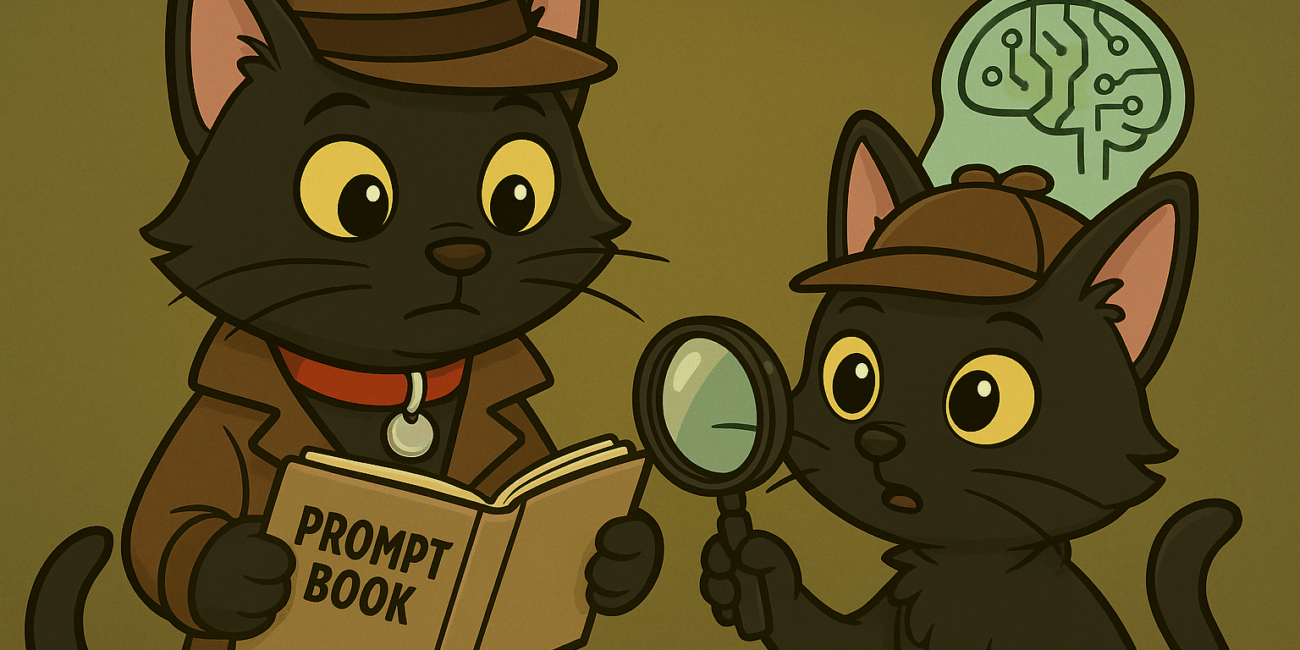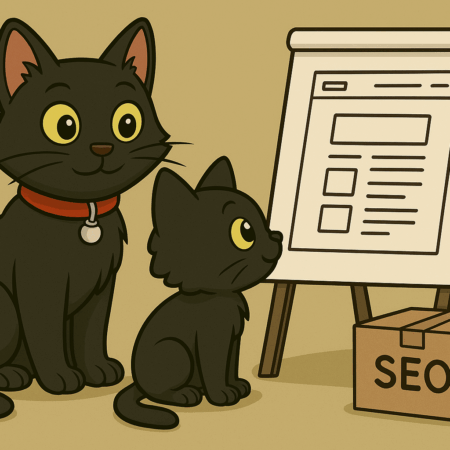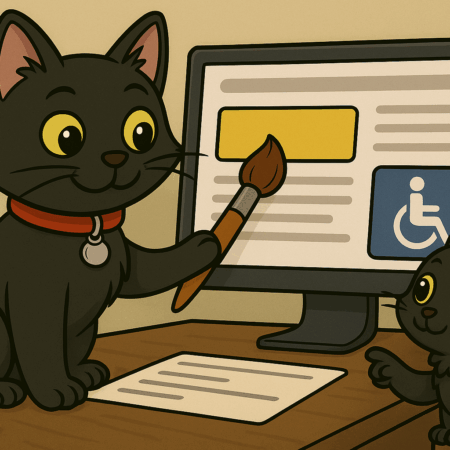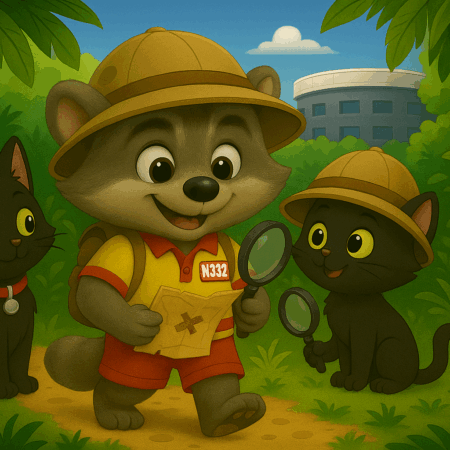There’s a buzz going around: someone, possibly Sam Altman himself, claims to have an example of the “perfect prompt” for ChatGPT-5. But is there really such a thing? Let’s uncover what makes a prompt effective, what techniques are working best right now, and what might actually be more myth than magic.
The “3-Word Rule” Gets Simpler
Recently, a trick from Tom’s Guide showed that appending just three descriptive words—like “like a teacher”, “like a coach”, or “like a nutritionist”—can dramatically improve GPT-5’s responses. This simple method helps guide the AI toward a tone, increasing relevance and clarity.
It’s all about giving the AI a shape to work within—and that can make a measurable difference.
More Structure, Better Output
Another strategy, also highlighted by Tom’s Guide, recommends a more structured “ultimate prompt” asking ChatGPT to return:
- A clear, direct answer
- Its reasoning steps
- Alternative options
- A practical summary or action plan
This kind of layered prompting helps tap into GPT-5’s deeper reasoning capabilities and encourages trust and clarity.
Why There Isn’t a Perfect Prompt
Here’s the truth: as GPT-5 becomes more advanced, vague prompts get vague results. It’s a lot like giving someone a brief whisper versus a detailed instruction. When you refine your prompt—adding purpose, context, or tone—you get a better outcome.
Prompt engineering is still evolving. A huge academic survey even identifies 58 distinct prompting techniques, grouped into patterns you can adapt depending on your goals.
Tips for Crafting Great Prompts
- Start by framing your query: are you looking for strategy, creativity, empathy?
- Add personality cues or roles (“like a doctor”) when useful.
- Keep it clear—not too long, but with enough detail.
- Ask the AI to explain how it thinks or offer alternatives.
- Treat it as a guide, not a one-and-done script: iterate as needed.
Final Thoughts
There’s no “perfect prompt” for ChatGPT—but that’s the beauty of it. Effective prompting is about clarity, structure, and context. The best prompt is the one you adapt as you go.
So, the next time someone says there’s a secret formula, you’ll know: the real secret is good communication and thoughtful iteration.












